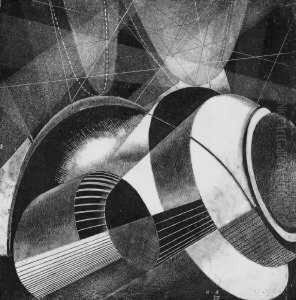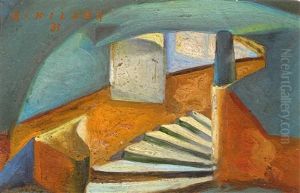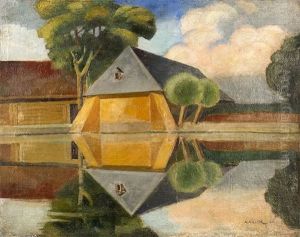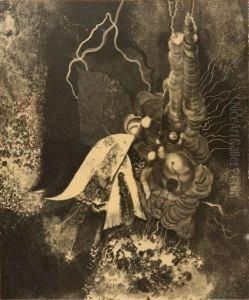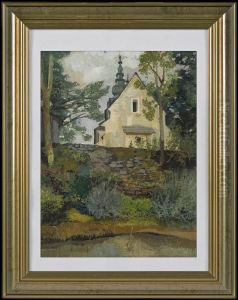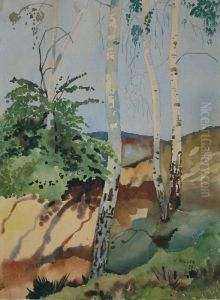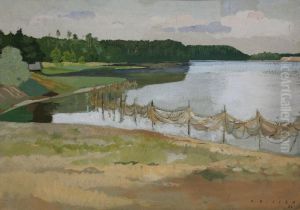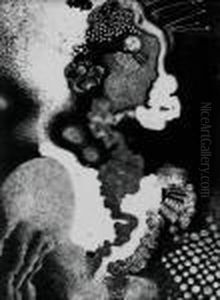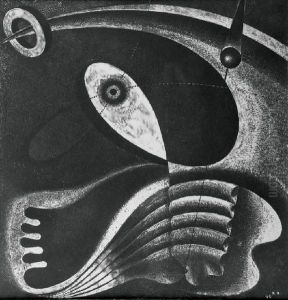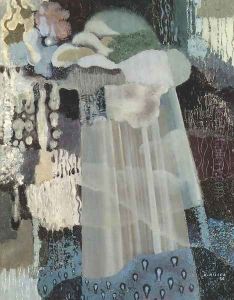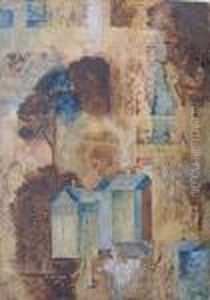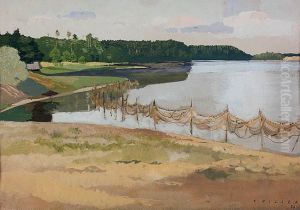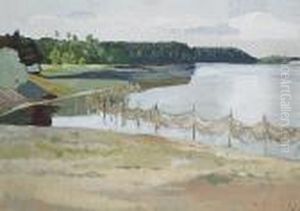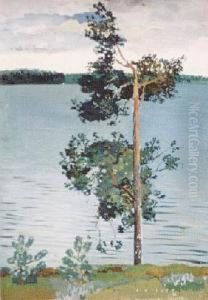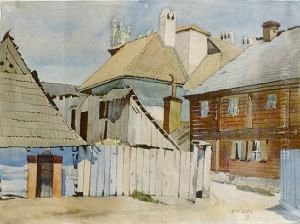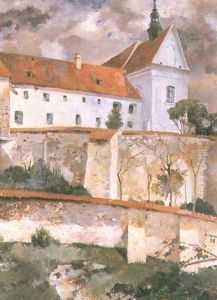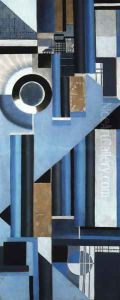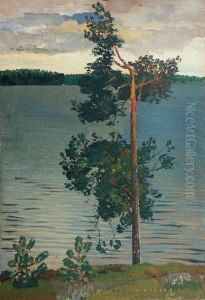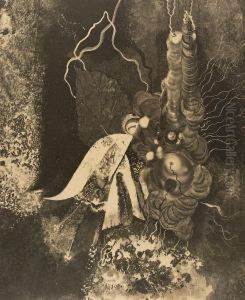Karol Hiller Paintings
Karol Hiller was a Polish artist, primarily recognized for his pioneering work in heliogravure and his innovative contributions to the development of abstract art in Poland. Born on February 1, 1891, in Łódź, then part of the Russian Empire, Hiller's artistic journey began in the realms of traditional painting and drawing. However, his creative trajectory took a significant turn following his service in World War I, after which he deeply immersed himself in the exploration of new artistic techniques and expressions.
After the war, Hiller relocated to Germany to study, where he was exposed to the burgeoning European avant-garde movements, including German Expressionism and Constructivism. These influences would later be evident in his own work. Returning to Poland in the 1920s, Hiller began experimenting with heliogravure, a complex intaglio printmaking process that involves etching onto a metal plate. Through this technique, Hiller produced some of his most notable works, characterized by their abstract forms and innovative use of texture and light.
Hiller's contributions to the art world were not limited to his heliogravure prints. He was also instrumental in fostering the development of abstract art in Poland, being among the first Polish artists to explore and promote non-representational forms. His work during this period reflects a keen interest in the intersection of art and science, as he sought to capture the dynamic and unseen forces of nature. Hiller's artistic output during the 1930s, including his series of 'helio drawings,' showcases his fascination with biological and organic forms, presenting a unique blend of abstraction and naturalism.
Tragically, Karol Hiller's life and career were cut short by the outbreak of World War II. He died in 1939 under unclear circumstances, believed to be related to the war's onset. Despite his premature death, Hiller's legacy lives on through his contributions to the field of printmaking and abstract art. Today, his works are celebrated for their originality and are housed in various art collections and museums around the world.
